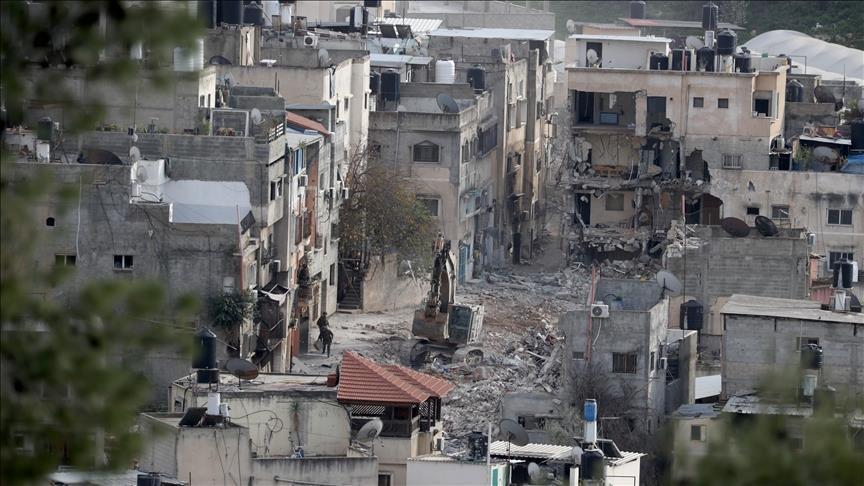Ankara beats Istanbul in creativity
I have been following Turkey’s creative class with more interest ever since the Gezi Park events. The Martin Prosperity Institute at the University of Toronto published two surveys lately. One is on creative countries and the other on creative cities around the globe. The creative country list is based on a survey of 82 countries, among which Turkey ranks a lousy 61st. I knew this before the creative cities list results were announced, so I braced myself when I finally saw it, looking for Istanbul at the bottom. And surely enough, both Istanbul and Ankara were there. What was strange however, was that Ankara beat Istanbul. Among the 61 most creative cities of the globe, Ankara is number 55 and Istanbul 57. How is that possible?
Let me start with my preoccupation with Turkey’s creative class. This group of people took to the streets for the first time in the last four decades during the Gezi Park incident. This is important. It is the creative class that makes a country tick, that shapes its workforce. They are urban professionals of any age; they are better educated than the rest and can take part of the global buzz in their professions. They have jobs, talent, skills, education and they earn a good living. They had been vital in the country’s transformation from a sleepy agrarian society to a mid-tech industrial economy. They made the journey possible and are also themselves a result of that process. Like it or not, but if ever Turkey becomes a hi-tech economy, it will be the work of these people.
I was surprised to see that the study found Ankara to be more creative than Istanbul. Why? First of all, the difference in overall score is slim: Istanbul’s 66.8 to Ankara’s 68.8. But still, even the occasional visitor would expect to see a wide margin between our grey capital and our beautiful metropolis on the Bosphorus, the beating heart of Turkey’s arts, culture and business. Secondly, let me point out the four broad categories of indicators used to determine the overall creativity score: Technology, talent, tolerance and “quality of place,” which takes into account things like amenities and the quality of life. As far as I can see, Ankara performs better in all four categories. Thirdly, let me give you a few examples. Ankara is number one in the share of university graduates among its grown up population. It also has more technology firms in technoparks and a higher share of the country’s hi-tech exports than Istanbul. It also establishes more new companies than Istanbul does. The amenities and quality of living, we can discuss. But even in tolerance to new ideas, Ankara beats Istanbul.
Ankara is not what it was in the 1920s. Once the town of bureaucrats, the city is today uplifted by hi-tech companies and universities. Much of this is thanks to the defense procurement schemes centered in the capital. What is more, the government is currently relocating many government agencies to Istanbul, including the Central Bank. Bureaucrats are leaving the city, and entrepreneurs and engineers are taking their place. Those are good prospects for development, but there is a catch.
It is a pity that Ankara is no less an urbanization disaster than Istanbul. If you want to exercise in the morning, you first need to drive or take a taxi. Alternatively, trying to push a baby stroller on the sidewalks will get your heart rate pumping. Crossing the street is always an adventure. Oh, and good luck finding a patch of grass.











